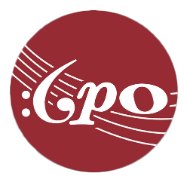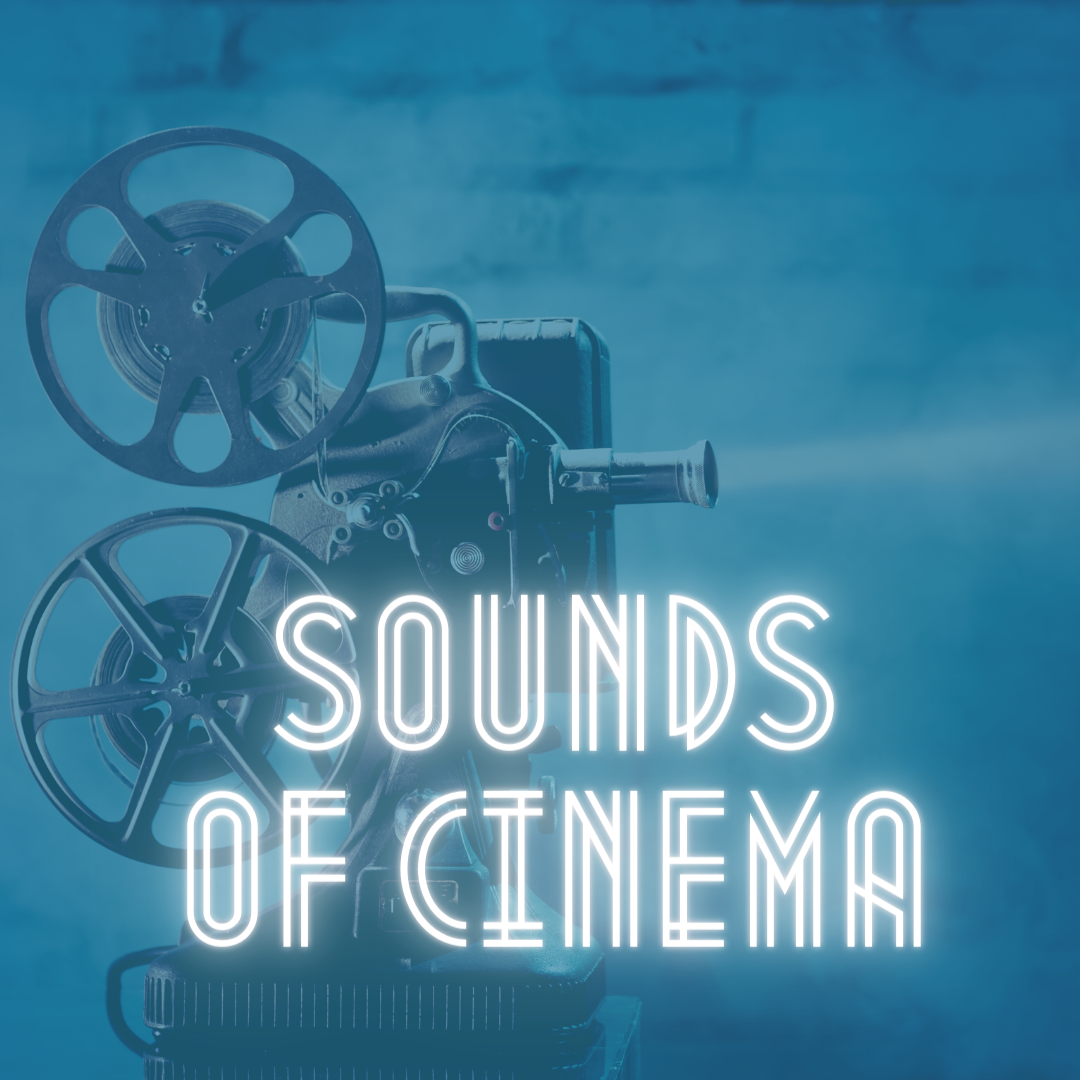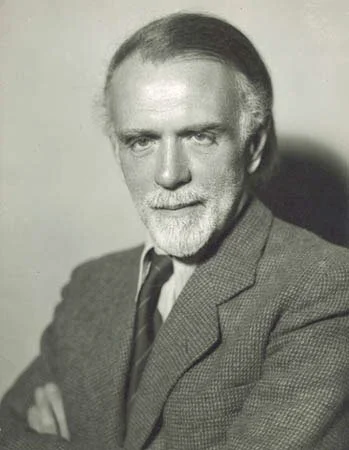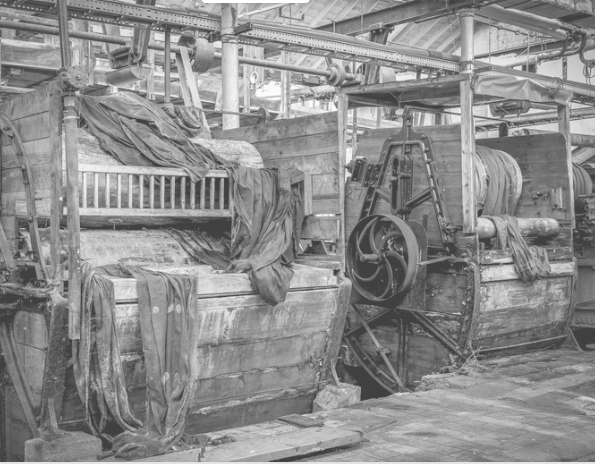Kodály’s Concerto for Orchestra – not to be confused with his Hungarian countryman Béla Bartók’s more famous, identically titled work written in 1943 – was completed in 1940, for the 50th anniversary of the Chicago Symphony Orchestra and was conducted in February of the following year by the orchestra’s music director, Frederick Stock. It is in a single large-scale span of three connected movements (as is Liszt’s A-major Piano Concerto, heard next on this program) divided into five contrasted sections, the whole rife with the mood and at times actual quotation of Hungarian folk melody, as differentiated from the gypsy melodies which Liszt mistakenly regarded as his country’s folk music.
Read MoreRavel grew up around factories. “In my childhood I had a great interest in mechanical things,” he wrote. His father was a civil engineer, and Ravel loved “going over factories and seeing vast machinery at work. It is awe-inspiring.” When approached to write a new ballet score, Ravel set a story of jealousy and retribution in the shadow of a factory. The scenario was eventually rejected, but Ravel’s machine-like music remains.
Read MoreFar more than a mere Jazz Age travelogue, Gershwin’s quintessentially American symphonic poem An American in Paris unfolds with radiant vitality and intoxicating energy. The work’s spry longevity (ninety years and counting) would have come as a surprise to those critics who dismissed Gershwin’s works as mere passing fancies. The New York Evening Post’s Oscar Thompson allowed that while An American in Paris might be all the rage circa 1928, “to conceive of a symphony audience listening to it with any degree of pleasure or patience twenty years from now, when whoopee is no longer even a word, is another matter.”
Read MoreRhapsody in Blue was George Gershwin's first extended work, written hastily for performance at a special evening of Big Band Jazz entitled An American Experiment in Modern Music by the Paul Whiteman Orchestra in New York City's Aeolian Hall in February of 1924. The original scoring of the work for Whiteman's band, which included strings was done by Ferde Grofe and published in 1926, with an orchestral version that followed, though it was not published until 1942.
Read MorePavane pour une infante defunte (Pavane for a Dead Princess) was commissioned of the 24-year-old Ravel in 1899 as a somewhat whimsical salon piece for piano and premiered in 1902 by Ricardo Vines to much acclaim. The composer was a bit bewildered by the work’s popularity, but nonetheless orchestrated it in 1910 to even greater success.
Read MoreIn February 1932, George Gershwin fled the appalling winter that had overtaken New York that year and sailed, with an entourage of six, to Havana, Cuba, where he holed up just long enough to absorb the local atmosphere and Hispanic verve that went into his Cuban Overture. He finished the piece in New York that August.
Read More










